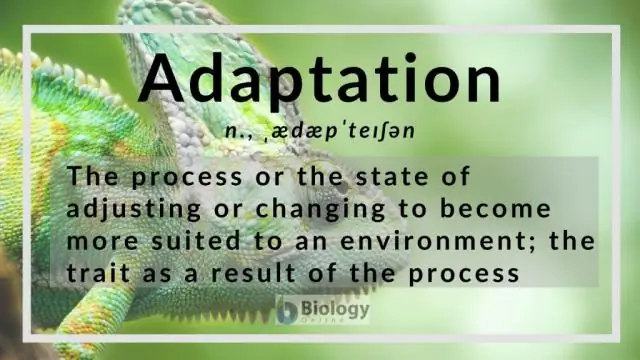- Author Rachel Wainwright [email protected].
- Public 2023-12-15 07:39.
- Last modified 2025-11-02 20:14.
Amblyopia
Amblyopia (amblyopia; Greek amblyopia; Greek amblys - weak, dull + opos, ops - eye) is a decrease in vision, which is caused by functional disorders of the visual analyzer.
Allocate:
- Amblyopia anisometropic (amblyopia anisometropica) - a decrease in vision, observed with anisometropia; characterized by poorly corrected decrease in visual acuity of the eye with more pronounced ametropia;
- Amblyopia due to anopsia (amblyopia ex anopsia) history. - amblyopia arising from the functional inactivity of the organ of vision, for example, against the background of monolateral strabismus;
- Dysbinocular amblyopia (amblyopia disbinocularis; Greek dys- - difficulty, deviation from the norm + Latin bini - a pair, two + oculus - an eye) - unilateral amblyopia, which occurs with unilateral friendly strabismus. The disease is caused by constant inhibition of the central vision function of the squinting eye;
- Amblyopia hysterical (amblyopia hysterica: synonyms: psychogenic blindness, hysterical amaurosis) - amblyopia arising from hysteria; in many cases, the disease is accompanied by other functional disorders of the visual analyzer, including narrowing of the visual field, impaired color perception, photophobia;
- Amblyopia obscuration (amblyopia obscurationis; lat. Obscuratio - fogging, darkening) - a decrease in vision due to congenital or early acquired opacity of the refracting media of the eye; after the elimination of opacities, reduced vision persists;
- Refractive amblyopia (amblyopia refractiva) - amblyopia that occurs with refractive errors, mainly with astigmatism and high hyperopia; during the examination, anomalies of optical correction are not amenable to.
Found a mistake in the text? Select it and press Ctrl + Enter.






